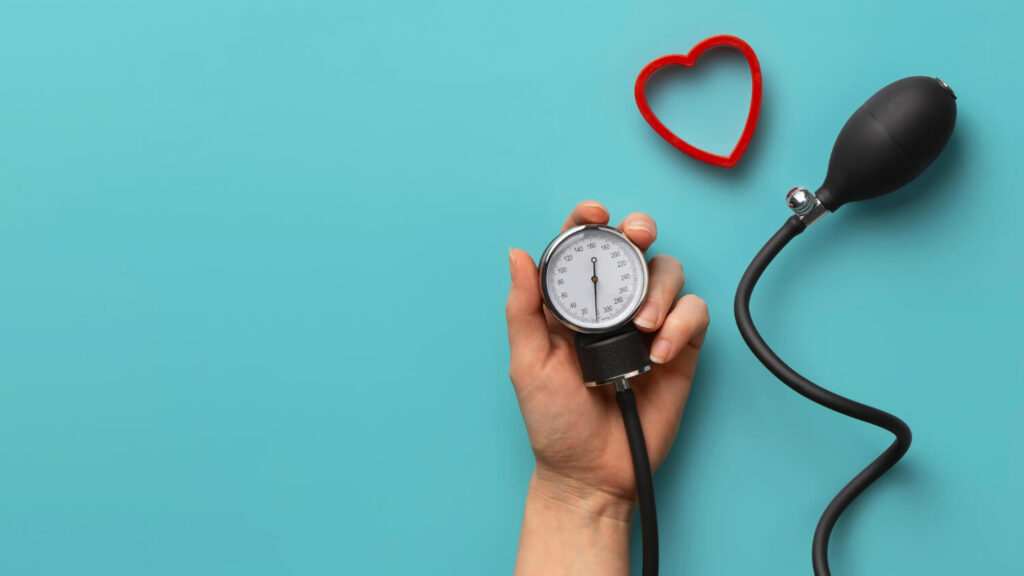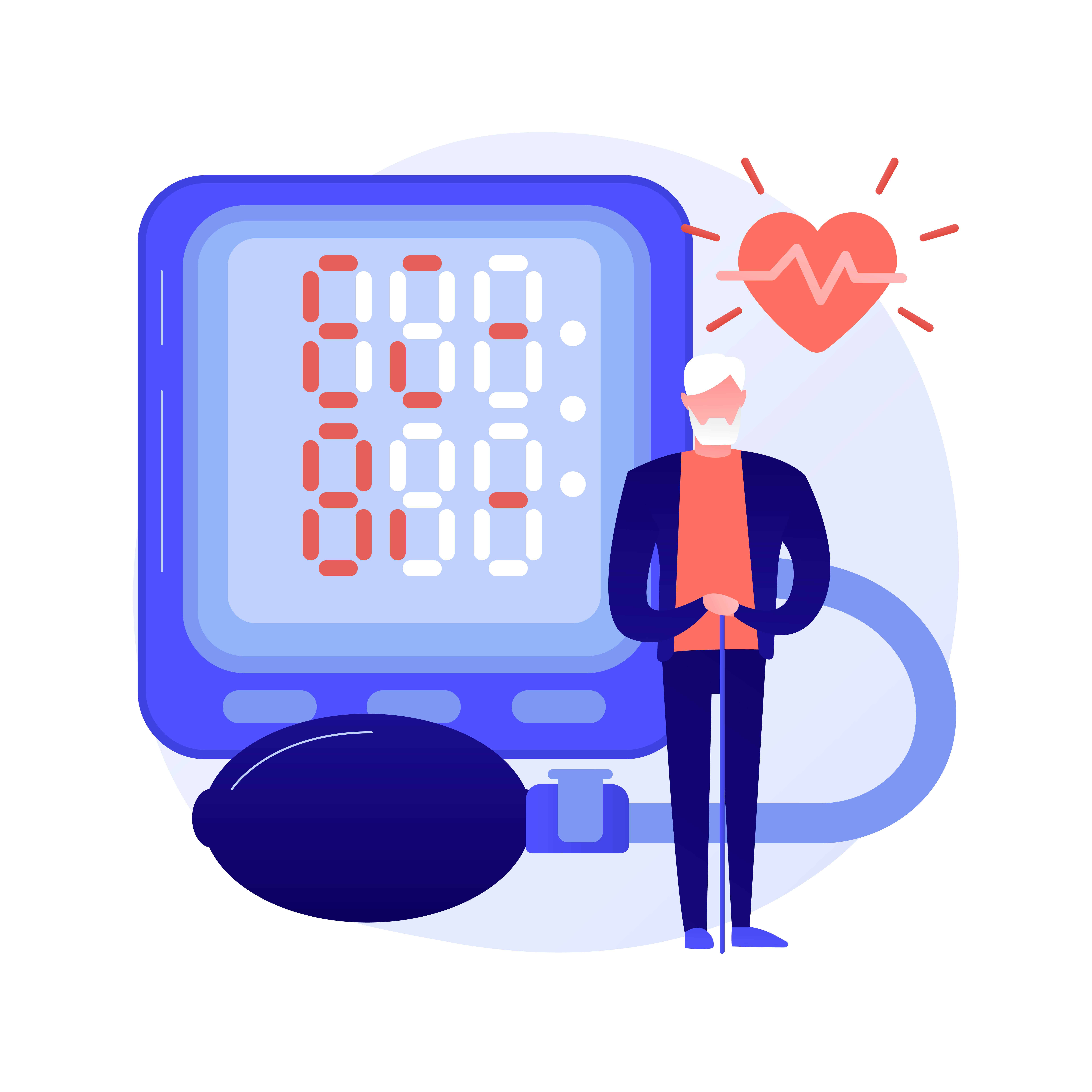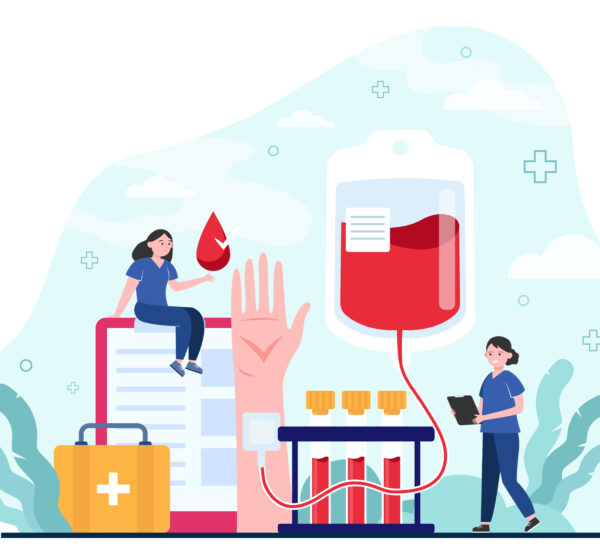Recognizing signs associated with high blood pressure can differ between men and women. Explore the key differences in risks and high blood pressure symptoms to prepare for the possible course of action.
This guide will help women patients to distinguish the important factors in their health. By understanding every aspect, they can identify the connected signs, and seek the appropriate medical care.
Understanding High Blood Pressure

Before delving into the associated risks and high blood pressure symptoms, it is important to have a basic understanding about the condition. Blood pressure is the force exerted by the blood against the walls of the arteries as it flows through them. When this force is consistently too high, it can lead to a range of health problems, including heart disease, stroke, and kidney disease.
There are two primary measurements used to determine blood pressure. Systolic pressure is the force exerted on the artery walls when the heart beats. Meanwhile, diastolic pressure is the force exerted when the heart is at rest between beats. A normal blood pressure reading is around 110/70 blood pressure female rate, while high blood pressure is generally defined as a reading of 130/80 mmHg or higher.
High blood pressure, also known as hypertension, is a common condition that also occurs when there’s a constriction. Once the force of blood against the artery walls is too high, it puts a strain on the heart and blood vessels.
Causes of High Blood Pressure

The causes of high blood pressure can vary, but there are several contributing factors that are similar to those in men. However, there are also known causes that can occur during pregnancy. Let’s uncover each of them below!
Common causes for men and women
Genetics play a significant role in determining a person’s risk of developing high blood pressure. If a person has a family history of hypertension, they are more likely to develop the condition themselves. Lifestyle choices, such as a poor diet high in salt and processed foods, lack of physical activity, and smoking, can also contribute to high blood pressure. These factors can lead to weight gain, which is a risk factor for hypertension.
Causes more common in women
In terms of high blood pressure in women, it is mostly influenced by hormonal changes that occur during pregnancy and menopause. During pregnancy, the body undergoes numerous changes to support the growing fetus, including an increase in blood volume and changes in hormone levels. These changes can put strain on the cardiovascular system and increase the risk of developing high blood pressure. Similarly, during menopause, the body experiences a decline in estrogen levels, which can lead to changes in blood vessels and contribute to hypertension.
Why Women Experience Different Symptoms

Physiological differences between men and women is the contributing factor for the difference in symptoms. Hormonal changes during different stages of a woman’s life can influence blood pressure regulation and contribute to variations in symptoms. Estrogen, a hormone that fluctuates throughout a woman’s menstrual cycle and decreases during menopause, has been linked to the regulation of blood pressure. Additionally, women tend to have smaller blood vessels than men, which can make them more susceptible to increases in blood pressure.
It is important to be aware of the high blood pressure symptoms in women for better management of the illness. If any of the mentioned signs persist, best to consult a health care professional for early prevention steps.
Common High Blood Pressure Symptoms in Women
It is important for women to be vigilant about their health and monitor their blood pressure regularly. By doing so, they can identify any potential symptoms early on and take the necessary steps to manage their condition.
These symptoms can be categorized into physical symptoms and emotional/mental symptoms. Let’s discuss them below!
Physical Symptoms
A patient suffering from high blood pressure can experience physical signs. These can range from little to severe experience. In short, it will always vary, making it difficult to monitor at times.
Headaches: One of the common high blood pressure symptoms in women that can range from mild to severe. The patient may experience a throbbing or pulsating sensation in their head, often accompanied by sensitivity to light and sound. These headaches can be debilitating and affect daily activities.
Dizziness or lightheadedness: This physical symptom involves the sensation of spinning and faint. Patient may feel unsteady on their feet, which can be particularly dangerous if it occurs.
Blurred vision: This common symptom shouldn’t be taken for granted. Patients with high blood pressure may notice that their vision becomes hazy or unclear, making it difficult to read or perform tasks that require visual acuity.
Chest pain: While it can be caused by various factors, high blood pressure can contribute to chest pain or discomfort. It is important to seek medical attention if chest pain occurs, as it could be a sign of a heart-related issue.
Shortness of breath: A symptom that can result in shallow breathing for the patient. The patient may feel like they are unable to take a deep breath accompanied by a feeling of tightness in the chest.
Emotional and Mental Symptoms

When it comes to dealing with high blood pressure, the emotional aspect is also affected. Most women may project signs or irritability, and changes in mood. If these signs persists, there might be a correlating factor that leads to the condition.
Here are some of the high blood pressure symptoms in women to look out for:
Anxiety: is a common emotional symptom that women with high blood pressure may experience. They may feel a constant sense of worry or unease, even in situations that are not typically anxiety-provoking. This can interfere with their ability to relax and enjoy life.
Irritability: Patients may find themselves easily agitated or angered by minor irritations. This can strain relationships and affect their overall sense of well-being.
Difficulty in concentrating: Patients with high blood pressure may also experience this cognitive problem. They may find it challenging to focus on tasks, remember information, or make decisions.
Mood swings: Another common mental symptom related to high blood pressure is the sudden changes in behavior or mood. It usually involves feeling unusually sad or happy without apparent cause. They may also engage in impulsive or reckless behaviors that are out of character for them.
It is important for women patients to identify every aspect, including their mental health. Doing so will help them understand the different high blood pressure symptoms in women and handle them right away. Thus, ensuring overall wellness before the silent killer condition takes over the health status of the patients.
Risk Factors for High Blood Pressure in Women

Several risk factors contribute to the development of high blood pressure in women. By understanding these risk factors, patients can take proactive measures to reduce their likelihood of developing high blood pressure.
Patient’s Age
As women age, the risk of developing high blood pressure increases. This is particularly true after menopause, when hormonal changes can affect blood pressure regulation. It is important for women to monitor their blood pressure regularly as they age and make lifestyle modifications to reduce their risk.
Lifestyle Choices
Lifestyle choices can have a significant impact on blood pressure. Factors such as poor diet, lack of physical activity, smoking, excessive alcohol consumption, and chronic stress can increase the risk of developing high blood pressure. By adopting a healthy lifestyle, women can reduce their risk and maintain optimal blood pressure levels.
Diagnosis and Testing for High Blood Pressure
Prevention steps for high blood pressure begins after the diagnosis of the doctor. As mentioned, this condition can be a silent killer, which is why consultation is highly needed for the patients. Here’s what patients can expect in the process:
Regular Check-ups and Monitoring
Regular check-ups and monitoring are crucial in identifying high blood pressure in women. Timely diagnosis allows for prompt intervention and management. Doing so reduces the risk of complications and control the situation. Healthcare providers will often perform a variety of tests to accurately diagnose high blood pressure.
Annual Laboratory Tests
During the process of monitoring the condition, tests are helpful factors that can help determine if the patient is at risk or not. The doctor will usually require blood tests every check-up. Sometimes other tests will be requested depending on the current condition of the patient.
Severe cases of high blood pressure usually involve the risk of stroke. If this occurs, a request of CT scan test will be done to monitor the constriction of blood vessels. Meanwhile, if the patient suffers from heart attack, other tests will also be requested to monitor the condition.
Final Takeaway
Increase in blood pressure can be influenced by many reasons, the same its projecting signs. Identifying the high blood pressure symptoms in women and other risk factors are important for combating the silent killer condition. Harnessing this knowledge and understanding why it happens can help save the patient, and manage the condition.
Begin the prevention steps by being able to differentiate the key symptoms. If the signs persist, book a consultation with a doctor immediately.



